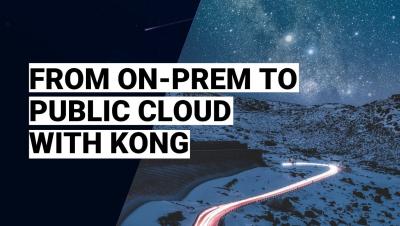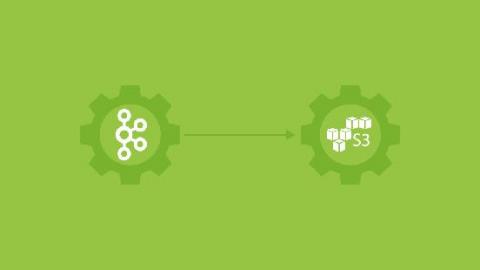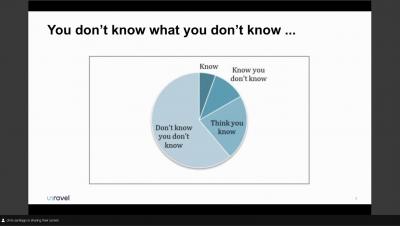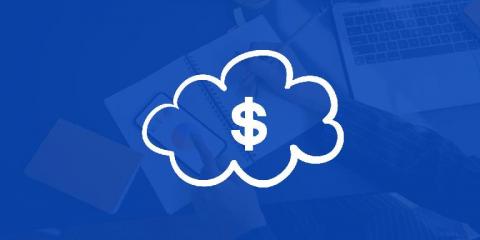Systems | Development | Analytics | API | Testing
Cloud
Cost-Effective, High-Performance Move to Cloud
New Apache Kafka to AWS S3 Connector
Many in the community have been asking us to develop a new Kafka to S3 connector for some time. So we’re pleased to announce it's now available. It’s been designed to deliver a number of benefits over existing S3 connectors. Like our other Stream Reactors, the connector extends the standard connect config adding a parameter for a SQL command (Lenses Kafka Connect Query Language or “KCQL”). This defines how to map data from the source (in this case Kafka) to the target (S3).
Support for Calling External Functions via Azure API Management Now in Public Preview
In June, Snowflake announced the public preview of the external functions feature with support for calling external APIs via AWS API Gateway. With external functions, you can easily extend your data pipelines by calling out to external services, third-party libraries, or even your own custom logic, enabling exciting new use cases. For example, you can use external functions for external tokenization, geocoding, scoring data using pre-trained machine learning models, and much more.
Cost Optimization on Microsoft Azure
Extreme data center pressure? Burst to the cloud with CDP!
Here at Cloudera, we’ve seen many large organizations struggle to meet ever-changing and ever-growing business demands. We see it everywhere. Traditional on-premise architectures, which create a fixed, finite set of resources, forces every business request for new insight to be a crazy resource balancing act, coupled with long wait times, or a straight-up no, it cannot be done.
Spark's Cloud Migration Journey with Snowflake
Kong Presents on Amazon Web Service's APN TV
Kong is excited to participate in Amazon Web Service’s (AWS) APN TV pilot program. This series of demonstration videos from AWS partners focuses on modern application development through the practice of DevOps – a perfect fit for Kong’s service connectivity platform. Microservice architecture involves building software as suites of collaborating services.
Data Egress Cost Analysis
Understand the impact of data transfer and egress costs across Microsoft Azure, Amazon Web Services and Google Cloud Platform. One of the questions most frequently asked by cloud-savvy, price-aware customers goes something like this: OK, so we like that your tool makes it easy to integrate our cloud database and storage in our centralized data warehouse, but I know our budget will be scrutinized for total cost of ownership (TCO), including our data egress costs.
What is Cloud Migration?
Cloud migration, also called “move to cloud,” is the process of moving existing data processing tasks to a cloud platform, such as Amazon Web Services (AWS), Microsoft Azure, or Google Cloud Platform. Private clouds and hybrid cloud solutions can also serve as destinations.











